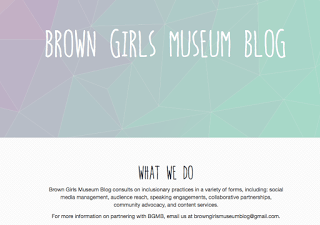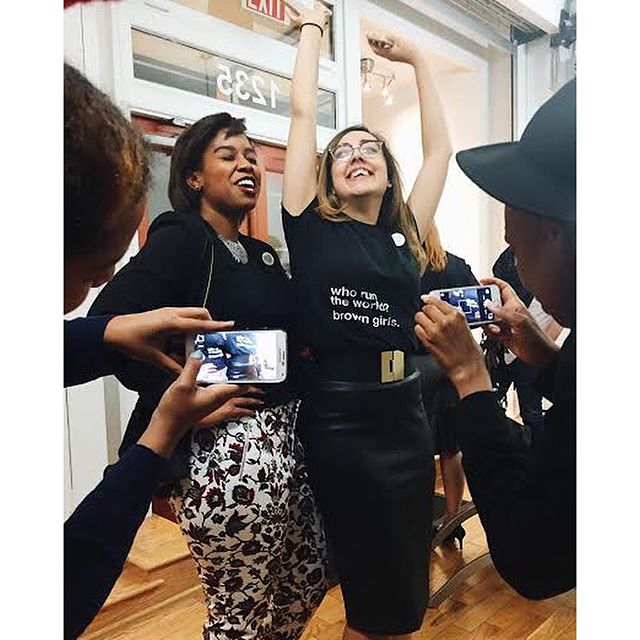
 |
| Brown Girls Museum Blog |
 |
| Ravon Ruffin (l) and Amanda Figueroa (r) |
“Diversity doesn’t work when it’s an entity unto itself, it works when it is included as an element in everything we as museum professionals do, but that doesn’t seem to be the way people want to treat it, maybe because of the emphasis on history and tradition that comes with the museum field.”










Great